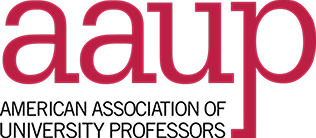Abstract:
In the absence of adequate public funding, public universities have increasingly turned to debt financing to fund operations and, especially, capital development projects. While debt financing may solve universities’ short-term cash-flow problems, its long-term political implications are unclear. To date, there is little awareness of the impact of universities’ debt financing on organizational priorities, much less educational inequalities. The relative obscurity of debt financing has contributed to its enshrinement as a governance tool of universities. This article examines the role of debt financing in shaping institutional priorities. Not simply a matter of dollars and cents, we argue that debt financing constitutes a power relationship that shapes the institutions we work in, as well as the varieties and quality of the educational experiences that we offer and that students experience. We argue that debt is a critical tool in the ongoing ideological project to change the soul and mission of higher education from a collectively held public good to a private asset with solely economically measurable returns. Effectively challenging creditor-debtor relations will require nothing short of a mass movement, one centered in organizing work. An analysis of credit-debtor relations, done by the affected parties themselves, provides an opening for such work. This analysis seeks to reveal the power relations at the heart of creditor-debtor relations that organizing—and only organizing—will be able to challenge.
Download "Making the Invisible Visible: Organizing against the Instructionally Harmful, Antidemocratic Effects of Institutional Debt" or read it below.

